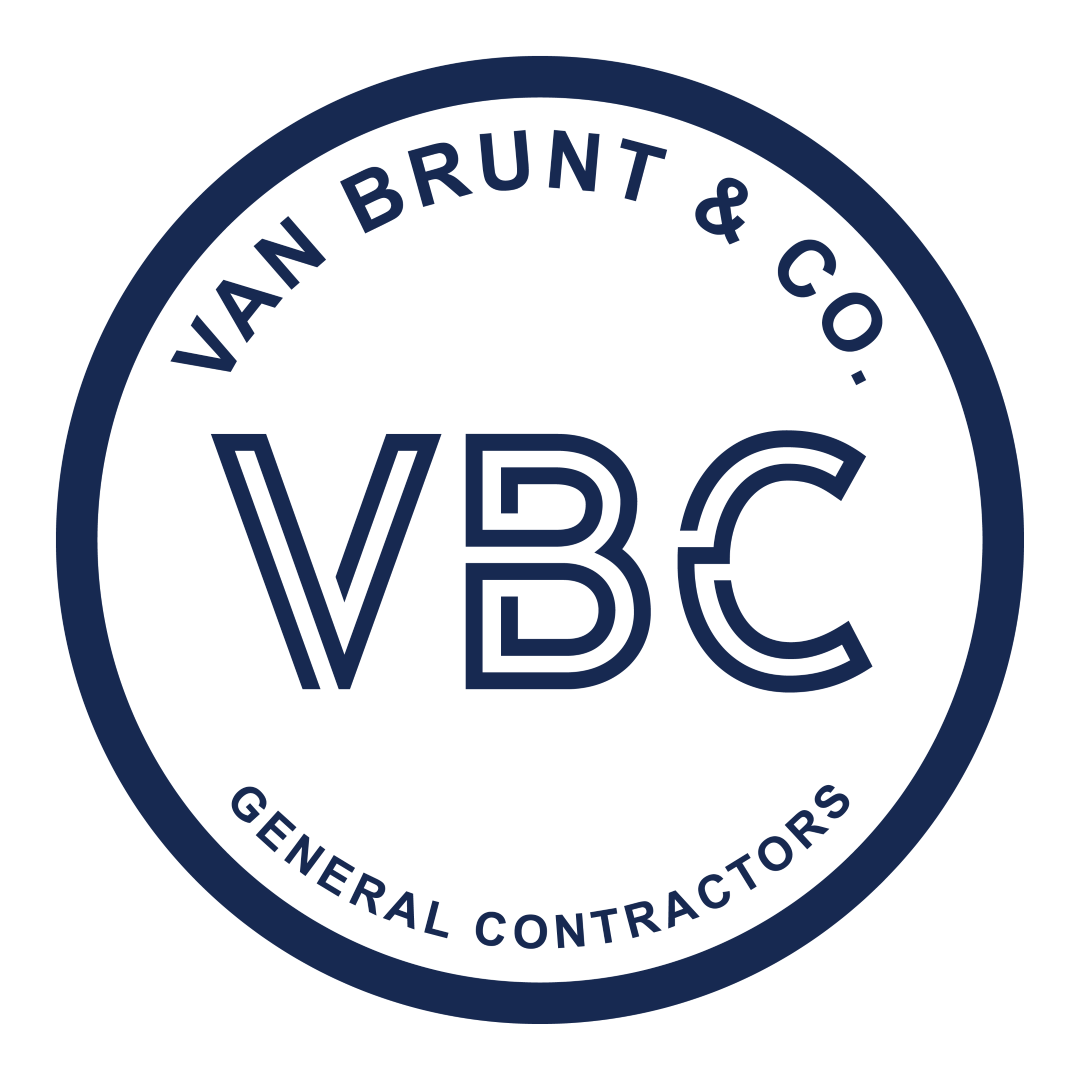Commercial remodeling involves upgrading or repurposing existing commercial spaces to enhance functionality, aesthetics, and efficiency. Businesses invest in remodeling to modernize outdated interiors, improve energy efficiency, meet compliance standards, or accommodate growth. Unlike new construction, remodeling focuses on modifying existing structures rather than building from scratch.
This process applies to various properties, including offices, retail stores, restaurants, hotels, and industrial facilities. It may involve interior redesigns, structural changes, or exterior upgrades. Successful commercial remodeling requires careful planning, budgeting, and collaboration with contractors, architects, and designers.
Whether you’re looking to enhance your brand image, optimize space, or increase property value, commercial remodeling plays a crucial role in maintaining a competitive and functional business environment.
 What Is a Commercial Remodel?
What Is a Commercial Remodel?
A commercial remodel transforms an existing business space to enhance efficiency, functionality, and aesthetics. Instead of constructing a new facility, many businesses choose to remodel to better utilize their current space, especially when property limitations prevent expansion. This strategic approach allows companies to update outdated interiors, improve workflow, and create a more inviting environment for customers and employees.
Beyond visual upgrades, a remodel can also include structural modifications, energy-efficient improvements, and compliance with modern safety regulations. By optimizing their existing location, businesses can increase productivity, attract more customers, and stay competitive in their industry. This cost-effective solution enables companies to scale operations without the significant financial burden of relocating or building from scratch.
Key Stages of a Commercial Remodeling Project
A commercial remodel follows a structured process, similar to a new construction project. Each stage plays a crucial role in ensuring a successful transformation. Here’s a breakdown of the essential phases involved in a commercial remodeling project:
- Planning and Design – This stage involves defining project goals, creating blueprints, and ensuring compliance with regulations. A well-thought-out design sets the foundation for a seamless remodel.
- Pricing and Bidding – Contractors submit bids, and project owners evaluate costs. This phase helps establish a realistic budget and select the best professionals for the job.
- Engineering and Material Procurement – Engineers assess structural integrity, and materials are sourced to meet project specifications. Proper planning at this stage ensures efficiency and cost control.
- Structural Repair and Redesign – Any necessary repairs or modifications to the building’s framework take place to support the new design. This step enhances safety and functionality.
- Rebuilding – Construction crews implement the approved design, bringing the new layout to life. This phase includes major installations, such as electrical, plumbing, and HVAC systems.
- Final Finishes – Aesthetic elements like flooring, painting, fixtures, and cabinetry are installed to give the space its finished look. Attention to detail at this stage enhances the project’s overall appeal.
- Cleanup and Debris Removal – Once construction is complete, a thorough cleanup ensures the space is safe, presentable, and ready for use.
Each stage contributes to a successful commercial remodel, ensuring a smooth and efficient transformation from start to finish.
Essential Considerations for a Successful Commercial Remodeling Project
Companies planning a commercial remodeling project must hire an experienced general contractor who specializes in this type of construction. Unlike new builds, remodeling projects require modifying existing structures while preserving their structural integrity. A skilled contractor must navigate these challenges and collaborate effectively with various sub-contractors specializing in different construction aspects.
The complexity and duration of a remodel significantly depend on whether part or all of the building remains occupied during construction. Working around employees, customers, or students often requires a strategic, multi-phase approach to relocating people, furnishings, and essential utilities. Engaging a design and construction team early in the planning process fosters creative solutions for sequencing demolition, renovations, and utility relocations, ensuring minimal disruption.
A well-executed commercial remodeling project can transform a simple structure into a stunning showcase, tailored to the client’s vision and budget. The first step for property owners is to develop a clear concept of their desired outcome. This vision helps designers determine the necessary modifications, estimate material requirements, and provide an accurate project cost assessment. Proper planning and collaboration with professionals lead to a seamless and successful remodeling experience.
New Construction vs. Commercial Remodeling: Which Is Right for Your Business?
Choosing between constructing a new building and remodeling an existing one is a crucial decision for business owners. Budget plays a significant role, but the project’s timeline also impacts the choice. A new construction project often involves demolishing the existing structure, clearing the site, and designing and building from the ground up. If relocating, the business owner must also purchase new property, adding to the overall cost and timeline.
In contrast, a commercial remodel preserves the existing structure while incorporating a fresh design to enhance its functionality and aesthetics. Remodeling typically takes less time than new construction, reducing business downtime and lowering overall costs. Beyond improving the property’s appearance, a remodel allows business owners to reflect their brand through architectural design. Additionally, it boosts both the property’s value and the business’s market appeal, making it a smart long-term investment.
 Commercial Remodeling vs. New Construction
Commercial Remodeling vs. New Construction
- Business owners often struggle with budgeting for commercial renovations or new builds. This subtopic can provide a detailed cost comparison, outlining expenses such as materials, labor, permits, and unexpected contingencies.
- It can also highlight cost-saving strategies, such as phased remodeling, tax incentives for energy-efficient upgrades, and repurposing existing structural elements to reduce waste.
Eco-Friendly Upgrades and Benefits
- Many businesses prioritize sustainability to reduce operational costs and enhance their brand image. This section can explore energy-efficient HVAC systems, LED lighting, recycled materials, and green building certifications like LEED.
- It can also discuss long-term savings, government incentives for eco-friendly renovations, and how sustainability efforts can attract environmentally conscious customers.
These subtopics add value by addressing financial concerns and sustainability trends—two key factors influencing modern business decisions. Let me know if you want me to incorporate them into your existing content!
Conclusion
Commercial remodeling offers businesses a cost-effective way to modernize their spaces, improve functionality, and enhance their brand image without the expense of new construction. By carefully planning each stage— from design and budgeting to execution—business owners can transform their existing properties into efficient, visually appealing, and competitive commercial spaces. Additionally, incorporating sustainable upgrades can reduce long-term operational costs and attract eco-conscious customers. Choosing between remodeling and new construction depends on factors like budget, timeline, and business goals. However, with the right team of professionals, a commercial remodel can maximize property value, improve workflow, and create a welcoming environment for employees and customers. Investing in a well-executed remodeling project ensures long-term business success and market competitiveness while helping you avoid common mistakes that could lead to costly setbacks.
FAQ’s
What is commercial remodeling, and how does it differ from new construction?
Commercial remodeling upgrades or repurposes an existing commercial space to improve functionality, aesthetics, and efficiency. Unlike new construction, which builds from the ground up, remodeling modifies the current structure to meet business needs while reducing costs and construction time.
What types of businesses benefit from commercial remodeling?
Offices, retail stores, restaurants, hotels, warehouses, and medical facilities benefit from commercial remodeling. Businesses use remodeling to modernize interiors, improve workflow, enhance customer experience, and increase property value without relocating.
How long does a commercial remodeling project take?
Project timelines depend on the scope and complexity of the remodel. Minor renovations take a few weeks, while large-scale remodels with structural changes, electrical upgrades, or plumbing work can take several months. Proper planning minimizes disruptions to business operations.
What factors should businesses consider before starting a commercial remodel?
Businesses must define project goals, set a budget, establish a timeline, comply with local building codes, and decide whether operations will continue during construction. Hiring experienced contractors and engaging a design team early ensures a smooth remodeling process with minimal disruptions.
How much does commercial remodeling cost?
Costs vary based on project size, materials, labor, and location. Small updates cost a few thousand dollars, while extensive renovations with structural modifications, high-end finishes, and energy-efficient upgrades can reach millions. Creating a clear budget and cost estimate helps manage expenses effectively.
Users Also Say:
What do other users think about Commercial Remodeling?
Theren******
Commercial and residential remodeling in the USA differ significantly due to their unique project requirements. Commercial remodeling prioritizes functionality, compliance, and scalability, ensuring spaces like offices, retail stores, and restaurants meet strict building codes and accessibility standards for employee and customer safety. In contrast, residential remodeling focuses on personal preferences, comfort, and aesthetics, tailoring designs to fit the homeowner’s lifestyle and vision.
Mia T*****
Commercial remodeling upgrades renovates, or redesigns business spaces to enhance functionality, aesthetics, and regulatory compliance. It involves modifying office layouts, refreshing retail spaces, or improving industrial facilities to meet business needs, increase efficiency, and attract customers. This process creates modern, visually appealing, and highly functional environments that align with business objectives.

